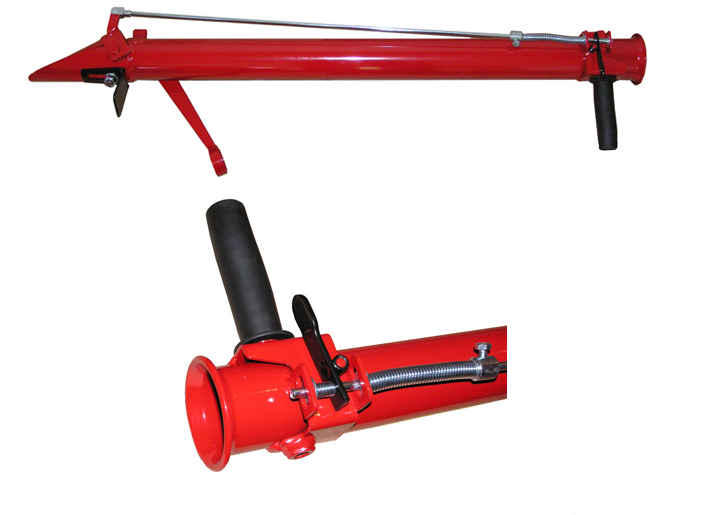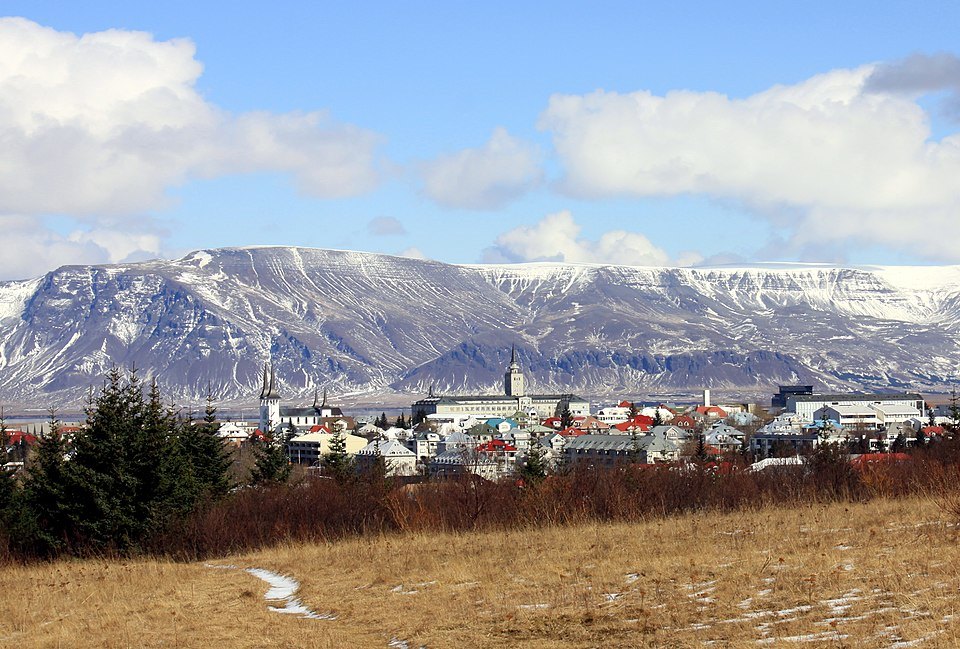Before being inhabited by the Vikings, Icelandic soil was covered by more than a quarter of the abundant forests. Norwegian warriors felled 97% of the trees during the colonization of the island, and used them to build dwellings. As a result, Iceland is now considered the least wooded country in Europe. The government is intensively working on planting forests.
At the end of the 9th century, more than one quarter of Iceland was covered by forests, mostly birch. In one century, the Vikings turned the land into a pasture.
To this reckless deed, the harsh climate and volcanic activity, when volcanoes emit gases and regularly fill the soil with ash and flood the lava, must be added.
The Least Wooden Country
According to a report published in 2015 by the United Nations Food and Agriculture Organization (FAO), forests now only cover 0.5 percent of the island’s surface.

Since the 1950s, especially in the 1990s, Iceland has partially returned to its original greenery thanks to an ambitious afforestation program. Forests are intensively planted, for example in the southwest of Hafnarsandur, on a large area of 6000 hectares of black sand and basalt.
“This is one of the worst examples of soil erosion in Iceland on low land,” said Hreinn Oskarsson, the service’s head of strategy.
North American Species
“We are planning an afforestation project to stabilise the soil,” Oskarsson added, while holding a red Finnish hand tool called „potti-putki“. The tube-shaped tool serves for planting trees.

The Icelandic Forest Service’s research division, located in Mogilsa, Mount Esja, next to 50 year-old planted forest, has decided to plant lodgepole pines and Sitka spruces to stabilize the soil and protect the nearby city from sandstorms.
The origin species, birch, isn’t a “productive species”, according to Adalsteinn Sigurgeirsson, deputy director of the forest service.
“So if you are going to meet other objectives, like fast sequestering of carbon or producing timber… we need more variety than just monocultures of one native species,” he said.
The Global Warming Helps
However, Iceland’s soil is poor in nitrogen and the process of growing up trees that are grown in greenhouses at 21 degrees Celsius is slow. The growth rate is on average one tenth of that in the Amazon.

Paradoxically, trees in Iceland today can benefit from climate warming. “The growth of forests here is mainly harmed by low temperatures and cold summers. But we are aware that this is changing as the planet warms,” Sigurgeirsson says.
Warming apparently accelerated the growth of trees in Iceland. A new biodiversity has also emerged: a large eagle owl and woodcock have recently appeared in Icelandic forests.
Since 2015, three to four million trees have been planted in Iceland, equivalent to an area of about 1000 hectares.
Source & credit: https://phys.org/news/2019-07-iceland-trees-razed-vikings.html,https://www.nat.is/icelandic-forest-research-hq/mogilsa2/,flickr.com,pixavay.com















